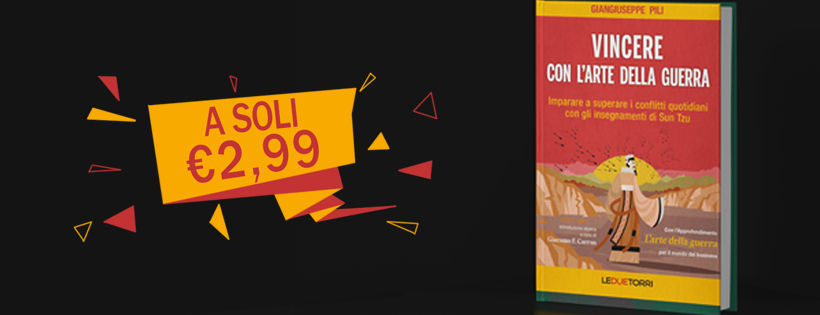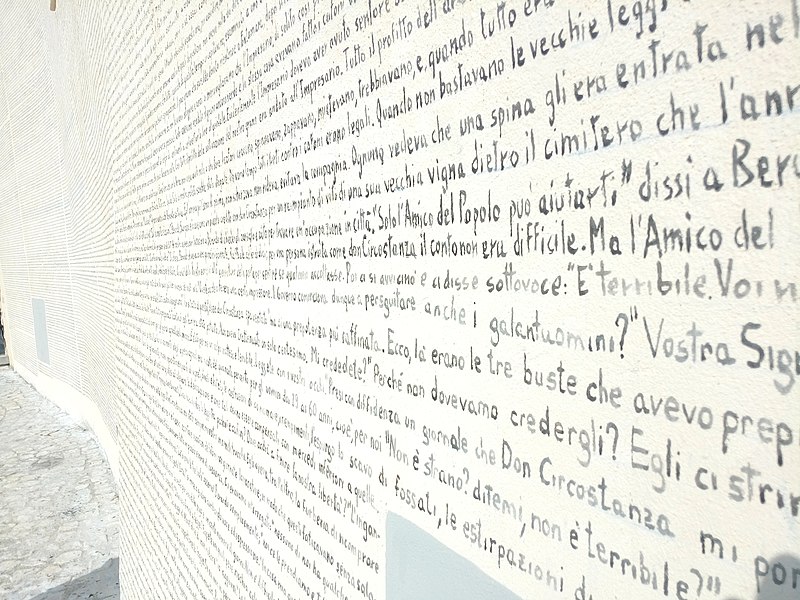Per Giulia Carcasi, il legno è solo in apparenza fermo, giacché sottoposto al lento logorio delle pressioni interne. Diversamente la ceramica si rompe subito, facendo (bella?) mostra dei suoi cocci, alla caduta. Il pezzo di legno, quantunque artistico, sarebbe meno pregiato? Forse no, perché esibendo subito la propria bellezza (e come nel caso della ceramica), si rischia paradossalmente di “frantumare” il desiderio di contattarla, a volte anche per curarvi i piccoli difetti. La fotografia di Ola è in bianconero. Lei ha posato sulla stretta mensola d’una parete, ed all’esterno d’un palazzo urbano. Non è una situazione molto comoda… Pare che la mensola appartenga ad un’intercapedine di legno, che ha le tavole orizzontali. Ola indossa una corona di fiori bianchi, sulla testa. Questa esteticamente “s’opporrebbe” alla sensualità nera delle calze e dei tacchi. Non è chiaro quanto si percepisca la “lenta pressione” del matrimonio, evitandone la routine. Con questa, noi intenderemmo che la passionalità iniziale (ai corteggiamenti) si rendesse “puramente ombrosa” (all’affezionarsi). E’ una fotografia in cui molti elementi (la parete, il vetro, la corona, la vestaglia ecc…) si percepiscono quasi di ceramica.
According to Giulia Carcasi, the wood is only apparently fixed, because it is subjected to the lengthy wearing away of the inner pressures. Conversely the ceramic breaks immediately, making a (fine?) show about its shards, falling. Would a piece of wood, although artistic, be less precious? Maybe not, because if the beauty is immediately exhibited (and like in the case of the ceramic), paradoxically we run the risk of shattering the desire to contact that one, sometimes also to correct there the flaws. The photography of Ola is in black and white. She posed on the narrow shelf of a wall, and on the outside of an urban building. This is not a situation very comfortable… It seems that the shelf belongs to a cavity wall in wood, which has the horizontal planks. Ola wears a crown of white flowers, on the head. This one aesthetically “would be opposed” to the black sensuality of the stockings and of the heels. It is not clear how we perceive a “lengthy pressure” of the marriage, avoiding its routine. Through this one, we would mean that the initial passionateness (with the courting) is become “purely shady” (becoming attached to our partner). This is a photography where many elements (the wall, the glass, the crown, the gown etc…) are perceived almost in ceramic.



